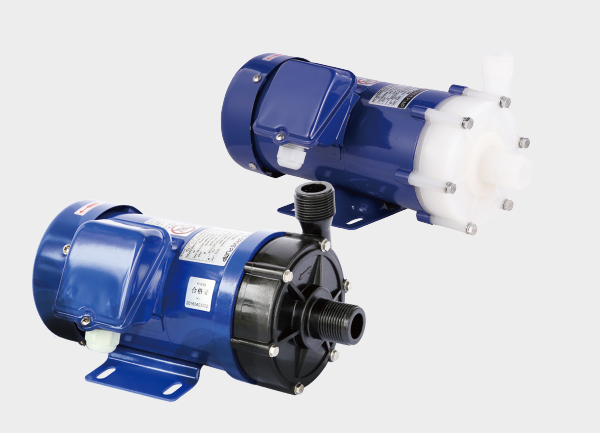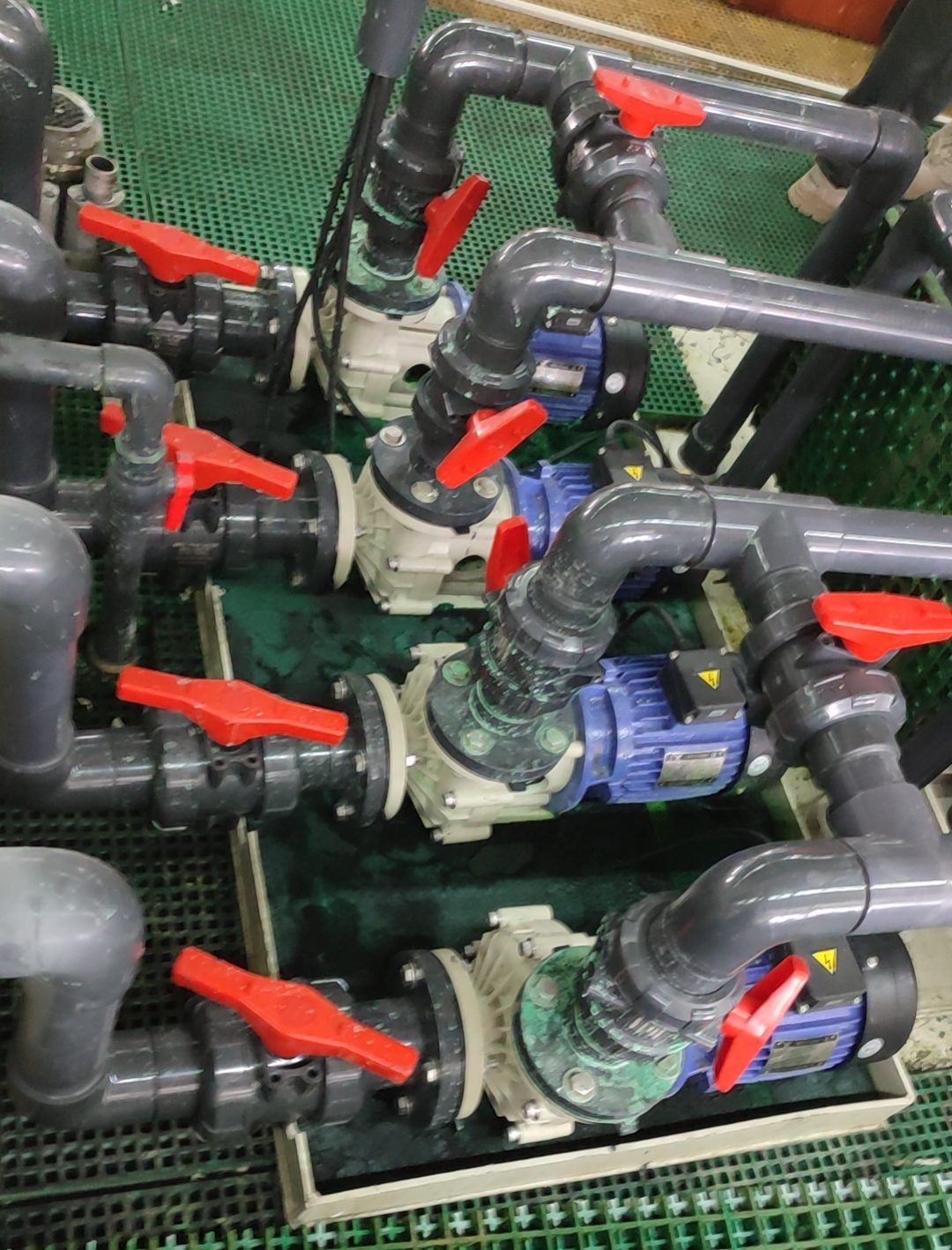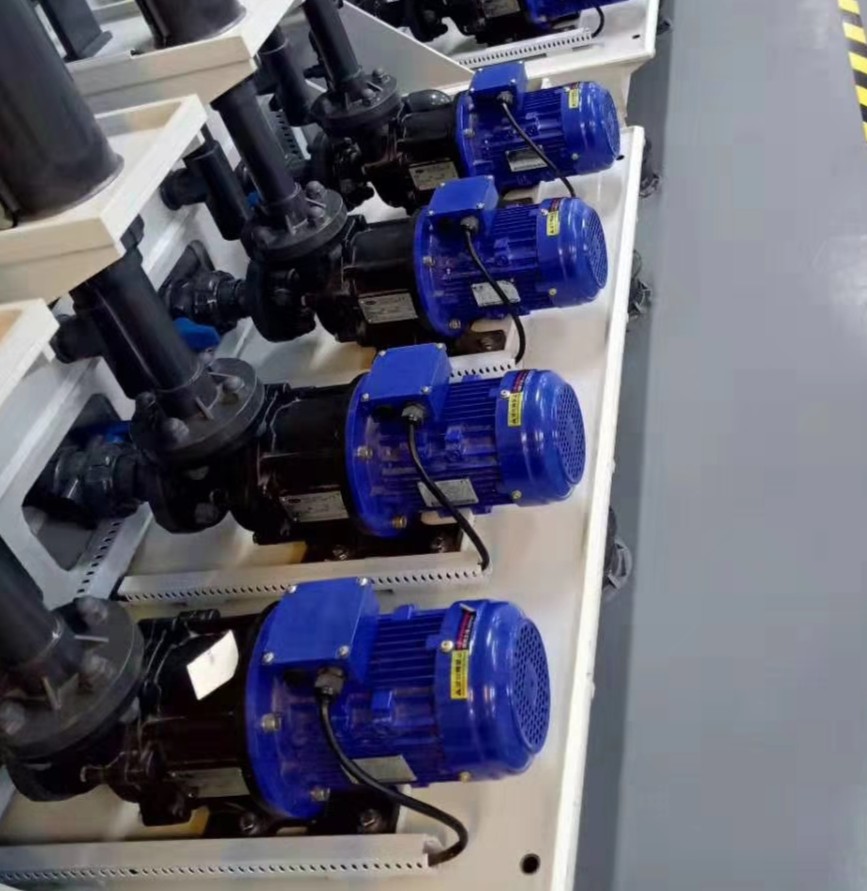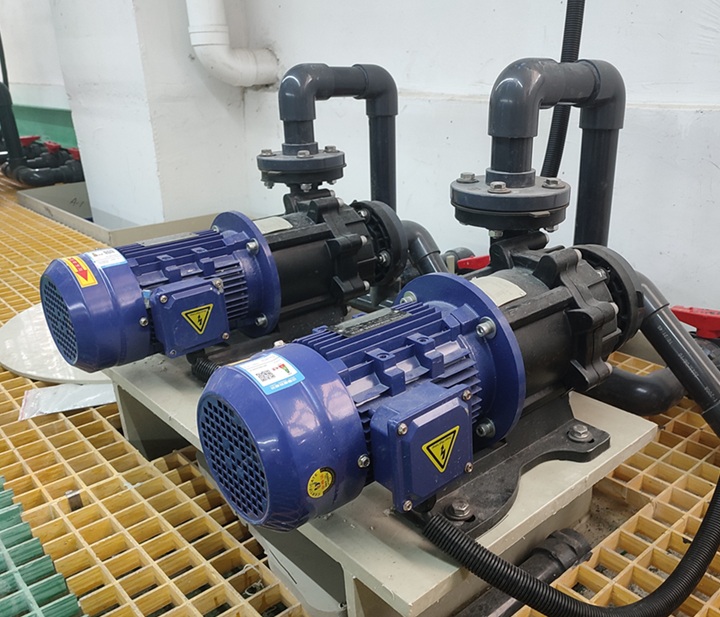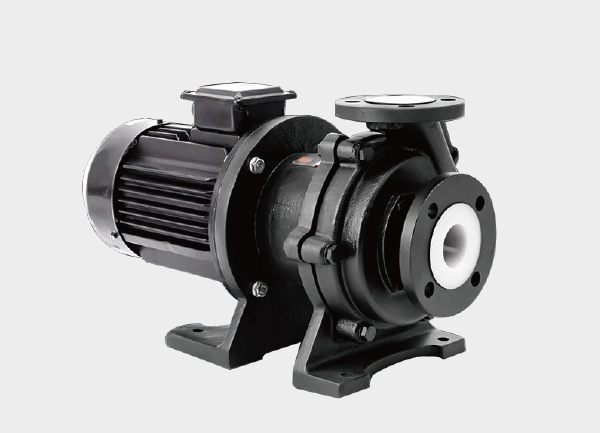Centrifugal pumps are among the most widely used fluid transfer devices in industrial, agricultural, and municipal applications. Their popularity comes from the perfect balance of simple structure, stable performance, broad adaptability, and low operating cost. Below are the six major advantages of centrifugal pumps explained in detail.
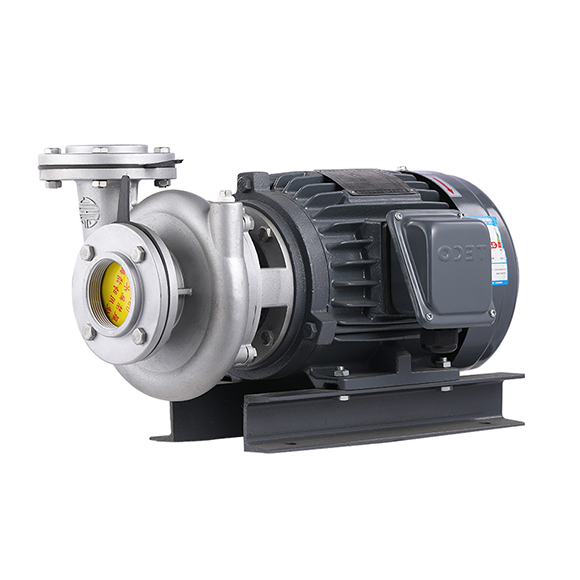
1. Simple Structure and High Reliability
A centrifugal pump has very few core components—mainly the impeller (power core), pump casing (fluid passage), shaft (transmission element), and sealing device. Unlike reciprocating pumps (with pistons and valves) or gear pumps (with meshing gears), centrifugal pumps lack complex moving parts. This design ensures:
Lower failure risk – fewer wear points, less leakage, and reduced chances of blockage. In continuous operation, centrifugal pumps typically achieve a much higher mean time between failures (MTBF) compared to screw pumps or diaphragm pumps.
Easy manufacturing – major components like cast iron or stainless-steel impellers and pump casings can be mass-produced using mature casting processes, ensuring consistent quality and cost efficiency.
2. Easy Operation and Stable Flow
Centrifugal pumps are known for their user-friendly operation and smooth fluid delivery:
Low startup threshold – simply fill the pump casing (priming) and power on. Self-priming centrifugal pumps can even skip the priming step.
Non-pulsating flow – the rotating impeller generates continuous centrifugal force, ensuring a steady flow and pressure, unlike reciprocating pumps with a pulsating “suction–discharge” pattern. This makes them ideal for processes requiring stable flow, such as chemical dosing or precision cleaning.
Flexible adjustment – flow can be regulated via outlet throttling, variable frequency drives (VFDs), or impeller trimming. With VFDs, centrifugal pumps also deliver significant energy savings.
3. Extremely Wide Application Range
Centrifugal pumps outperform most pump types in terms of compatibility with fluids and operating conditions:
Diverse fluids – capable of handling clean water, wastewater, petroleum, chemical solvents, food slurries (milk, juice), or liquids with small solid particles (slurry water, industrial effluent). Different materials (e.g., stainless steel, fluoroplastic, or wear-resistant cast iron) can be selected to match specific media.
Wide parameter coverage – flow rates range from a few liters per hour (mini pumps) to tens of thousands of cubic meters per hour (large-scale industrial pumps), with heads from just a few meters to several hundred meters. This makes centrifugal pumps suitable for applications from domestic water supply to power plant cooling systems.
Flexible installation – horizontal, vertical, inline, or submersible configurations adapt easily to limited spaces or specific engineering layouts.
4. High Efficiency and Low Operating Cost
When operating within the designed conditions, centrifugal pumps deliver impressive energy efficiency:
Broad high-efficiency zone – premium centrifugal pumps maintain over 90% of their design efficiency across a wide operating range, unlike screw or gear pumps, which perform efficiently only within narrow parameters.
Excellent energy-saving potential – minimal mechanical friction due to the absence of reciprocating parts, plus reduced power consumption when controlled by VFDs (following pump affinity laws).
Best suited for low-viscosity fluids – efficiency reaches 70%–90% when pumping water, diesel, or similar media, significantly outperforming positive displacement pumps like screw pumps when handling such fluids.
5. Low Maintenance and Easy Servicing
Thanks to their simple design, centrifugal pumps are inexpensive and easy to maintain:
Easy spare part replacement – common wear parts such as seals, bearings, and impellers are standardized, inexpensive, and quick to replace.
Long service intervals – with clean fluid and proper lubrication, bearings last 8,000–12,000 hours, while seals last 3,000–5,000 hours. This reduces downtime and extends service cycles.
On-line maintenance possible – some inline centrifugal pumps allow “seal replacement under pressure” without halting operations—vital for industries like chemicals and power generation.
6. Cost Advantage and High ROI
Considering the full lifecycle—purchase, operation, and maintenance—centrifugal pumps provide unbeatable cost efficiency:
Lower purchase cost – due to mass production and simplified structure, centrifugal pumps are often 30–50% cheaper than screw or diaphragm pumps for the same duty.
Controlled lifecycle cost – low electricity bills (efficiency), cheap spare parts (standardized), and minimal downtime (reliability) make centrifugal pumps the most economical choice for large-scale, long-term use in municipal water supply, irrigation, or industrial plants.
Conclusion: The Core Value of Centrifugal Pumps
The true advantage of centrifugal pumps lies in their balance of simplicity and practicality. With minimal structural complexity, they can handle nearly all low-viscosity fluid transfer applications while delivering efficiency, cost savings, and ease of maintenance. Today, centrifugal pumps account for over 60% of the global pump market share and remain indispensable in water treatment, petrochemical, power generation, agriculture, construction, and countless other industries.


